Startups are depicted as workplaces with pool tables, lego-speckled break rooms, desks adorned with Star Wars memorabilia and even in-house cafeterias. In reality, startups are two sleep-deprived founders squeezed into a co-working space with a small team and a bunch of strangers, trying to make something out of nothing.

In the early days, it’s difficult to focus on how to build company culture. You don’t have the cash to invest in an office space, the time to invest in employee growth, or the experience to deal with interpersonal problems. Under these constraints, most founders focus on everything but culture and leave it as a problem to be addressed later down the line.
But the biggest existential threat to your company isn’t lack of planning or lack of resources — it’s people problems. Two-thirds of early-stage startups fail from interpersonal issues, according to Harvard Business Professor Noam Wasserman. If you don’t put effort into cementing a strong team relationship now, your company will fall apart at the first stumbling block.
Here’s how you can lay the foundation for a healthy culture early on.

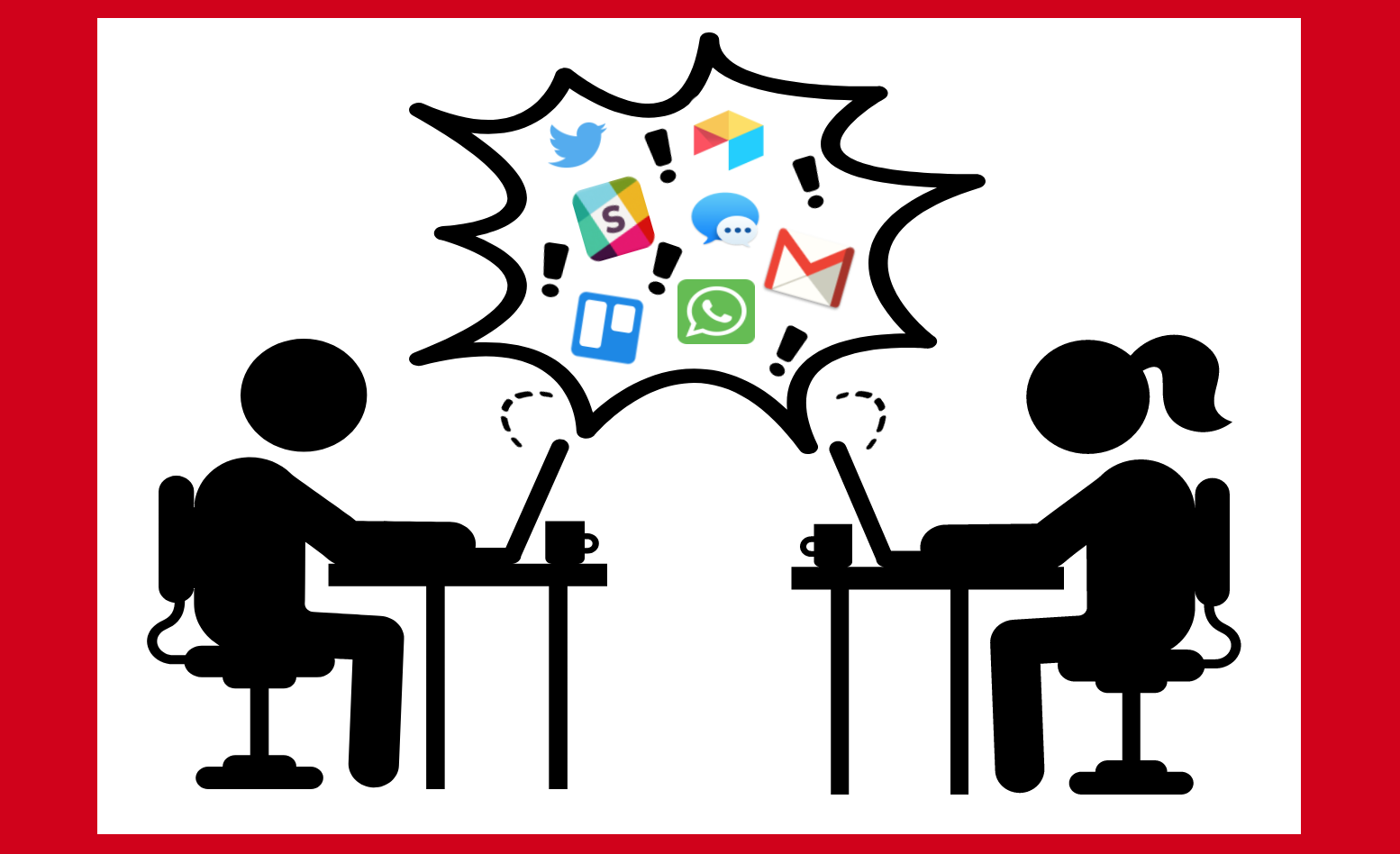


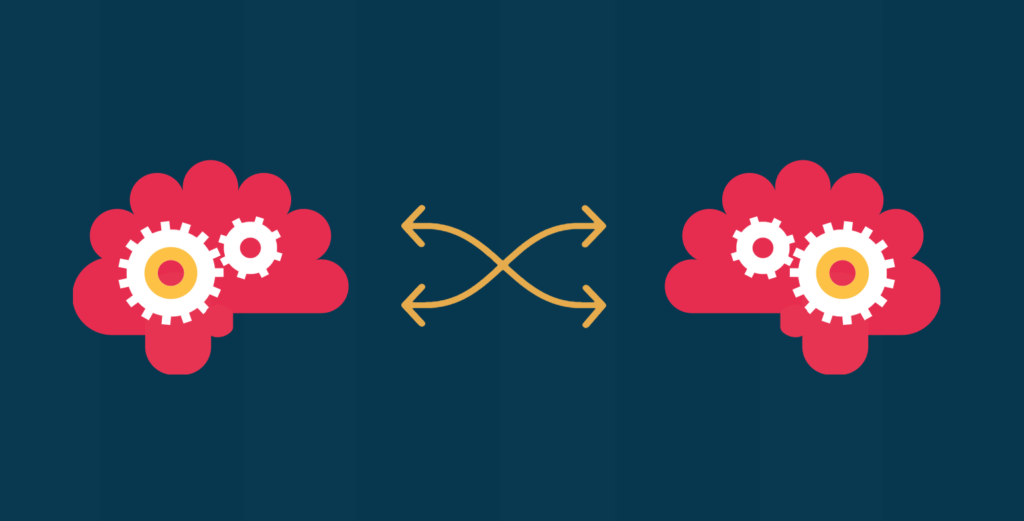
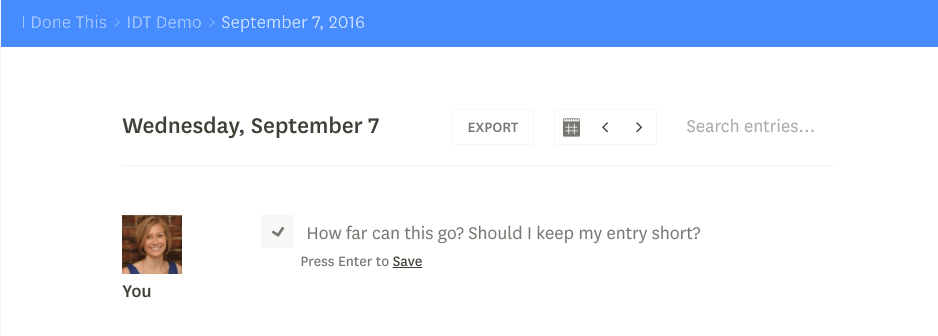
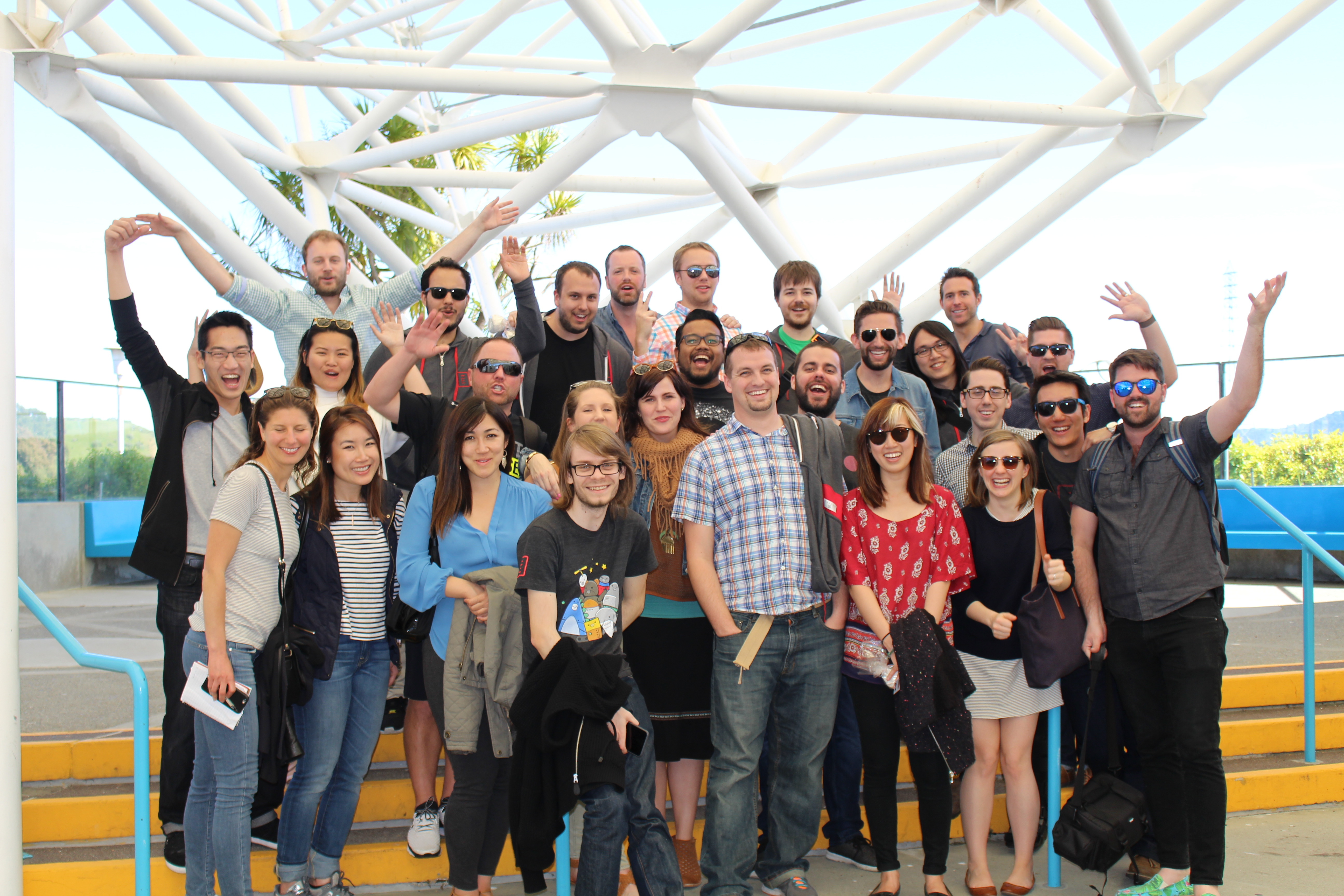
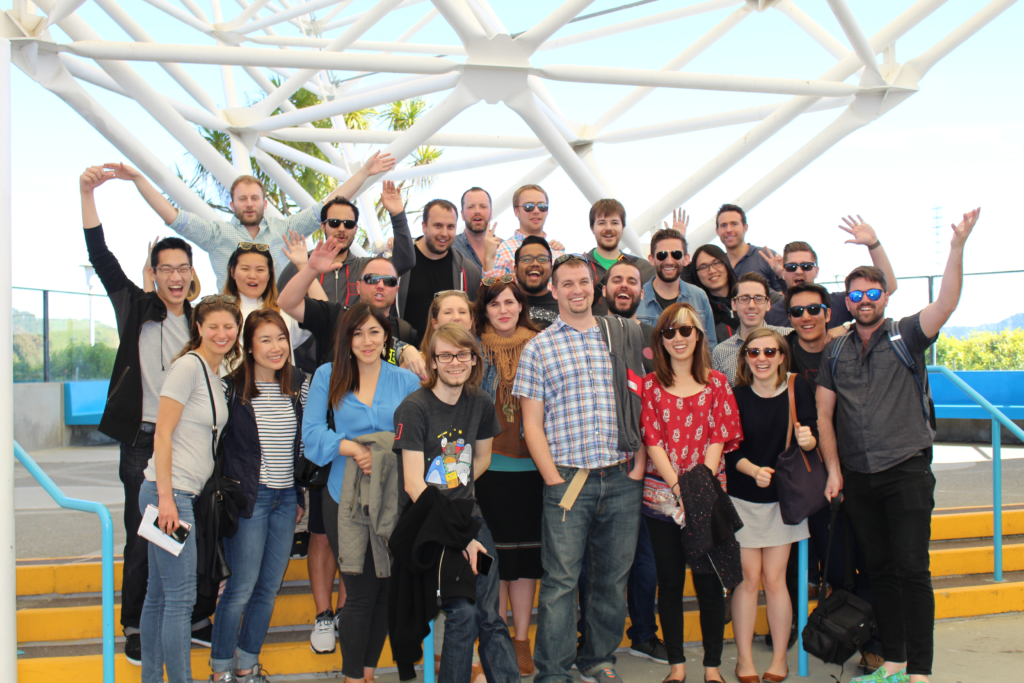 As we learned recently, the small team of 37 people was able to inspire team motivation through high morale and fast growth, thanks, in part, to their favorite productivity tool. Here’s how they use I Done This.
As we learned recently, the small team of 37 people was able to inspire team motivation through high morale and fast growth, thanks, in part, to their favorite productivity tool. Here’s how they use I Done This.
